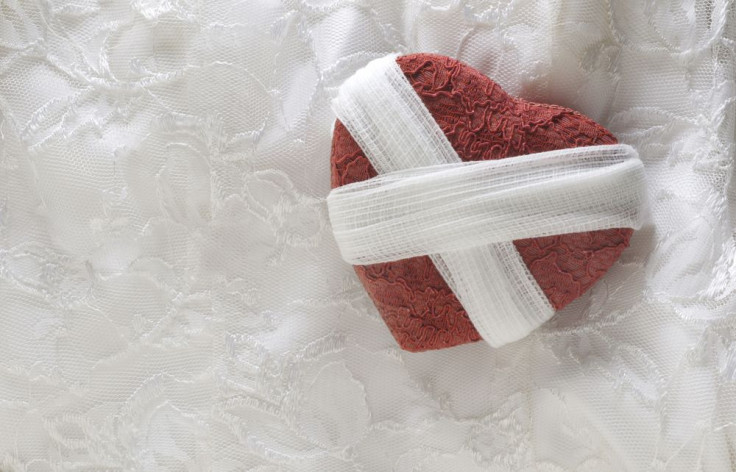'Mini Hearts' To Transform Treatment For Diabetes, Chronic Venous Insufficiency

Health problems related to sluggish blood flow could soon be alleviated with a “mini heart” — a new invention from George Washington University that promises to help veins do their job better.
Dr. Narine Sarvazyan, a professor of pharmacology and lead developer of the innovation, said that the research builds on recent breakthroughs in stem cell research. "We are suggesting, for the first time, to use stem cells to create, rather than just repair damaged organs," she explained in a press release. "We can make a new heart outside of one's own heart, and by placing it in the lower extremities, significantly improve venous blood flow."
The mini heart is made from the patient’s own cardiac muscle cells. These are molded into a cuff and placed around a weakened segment of the patient’s venous system. Once in place, rhythmical contractions help sustain optimal blood flow.
In an accompanying study published in the Journal of Cardiovascular Pharmacology & Therapeutics, Sarvazyan shows how the mini hearts may benefit a wide range of patients. For example, they could transform treatment for people living with chronic venous insufficiency (CVI) — a condition that causes blood to “pool” in parts of the venous system. CVI affects about 20 to 30 percent of the population over 50, and is thought to account for two percent of all health care costs in the U.S.
Similarly, mini hearts would eliminate several risk factors associated with diabetes, paralysis, or surgery recovery. “There appear to be no fundamental limitations to this approach as feasibility of all of the individual components has already been shown,” the team wrote.
The innovation has so far only been tested in the lab. However, as soon as they figure out the best design for in vivo experimentation, Sarvazyan and colleagues hope to test it in rats and other animal models.
Source: Sarvazyan, N. Thinking Outside the Heart: Use of Engineered Cardiac Tissue for the Treatment of Chronic Deep Venous Insufficiency. Journal of Cardiovascular Pharmacology & Therapeutics. 2014.



























